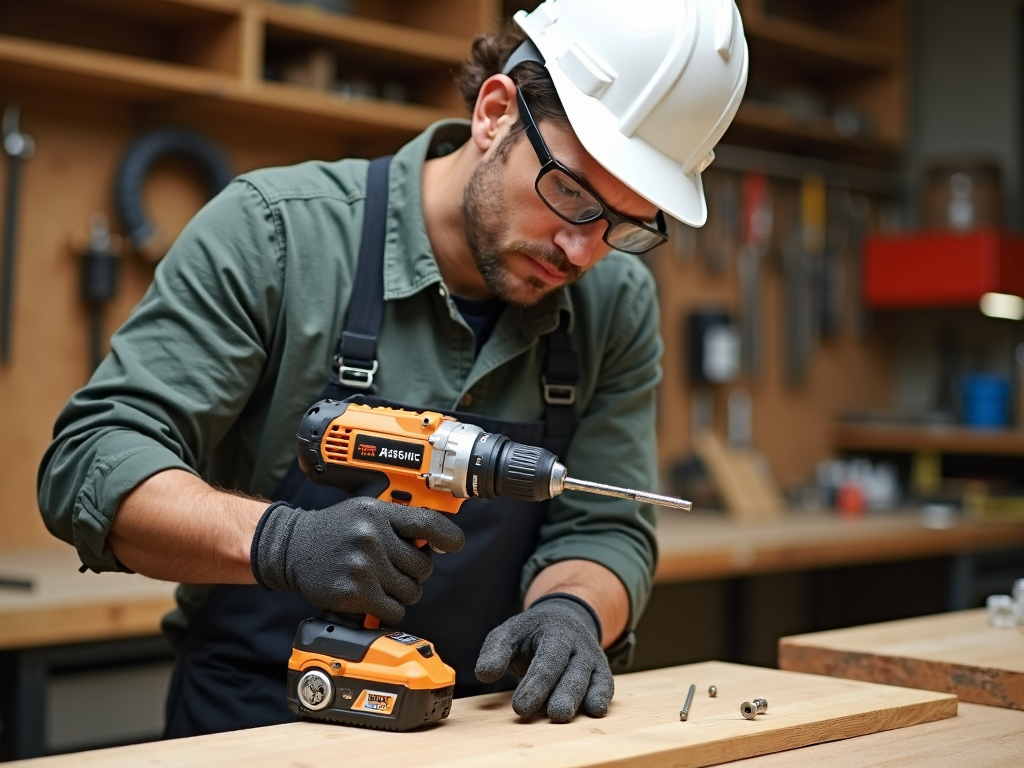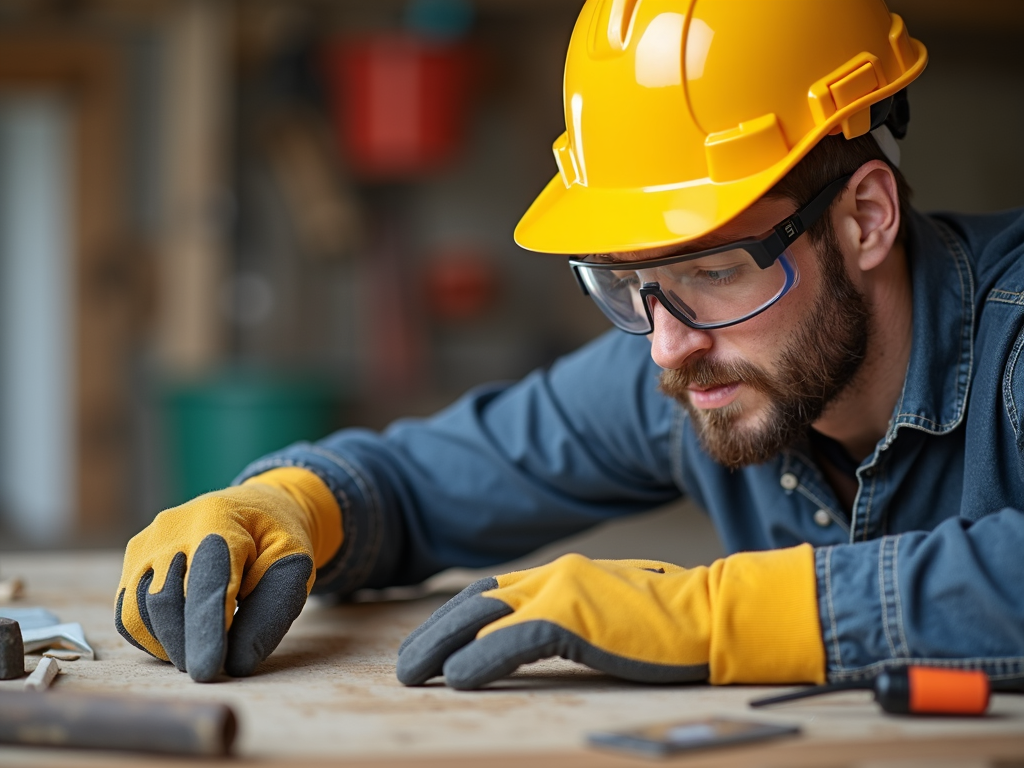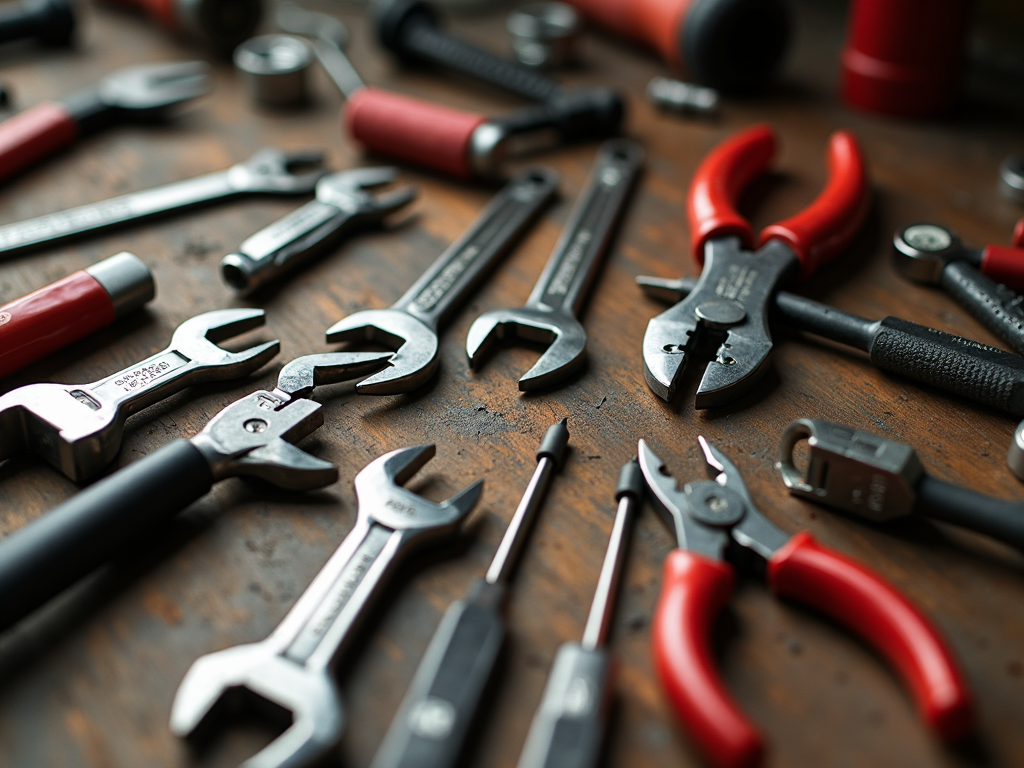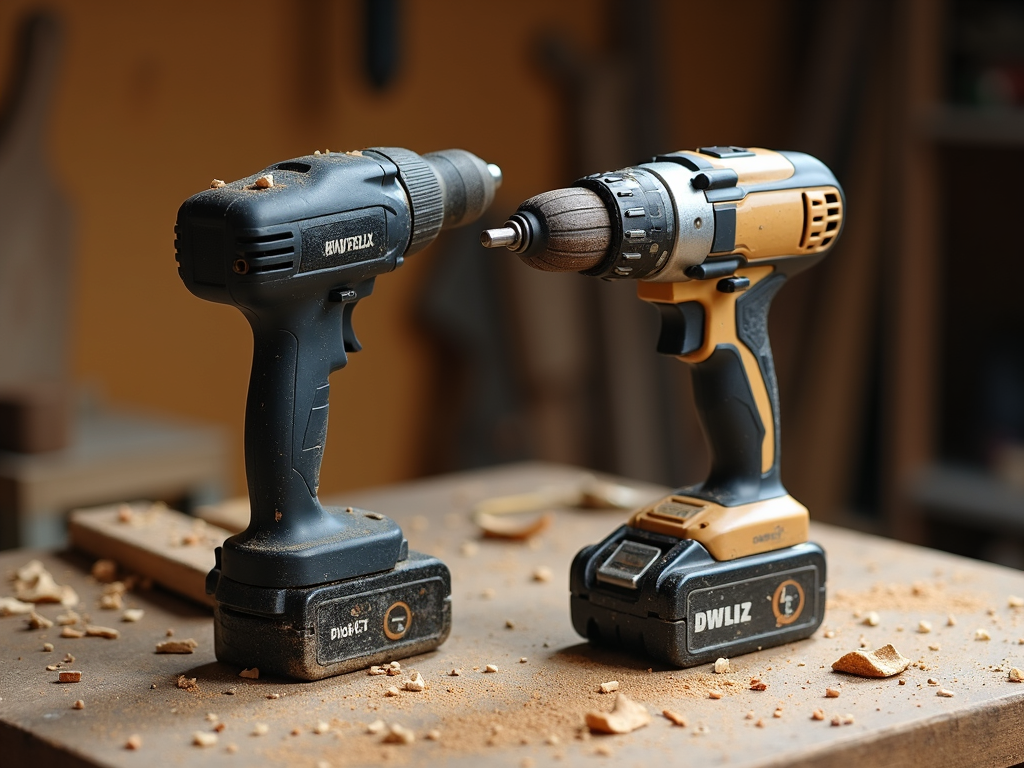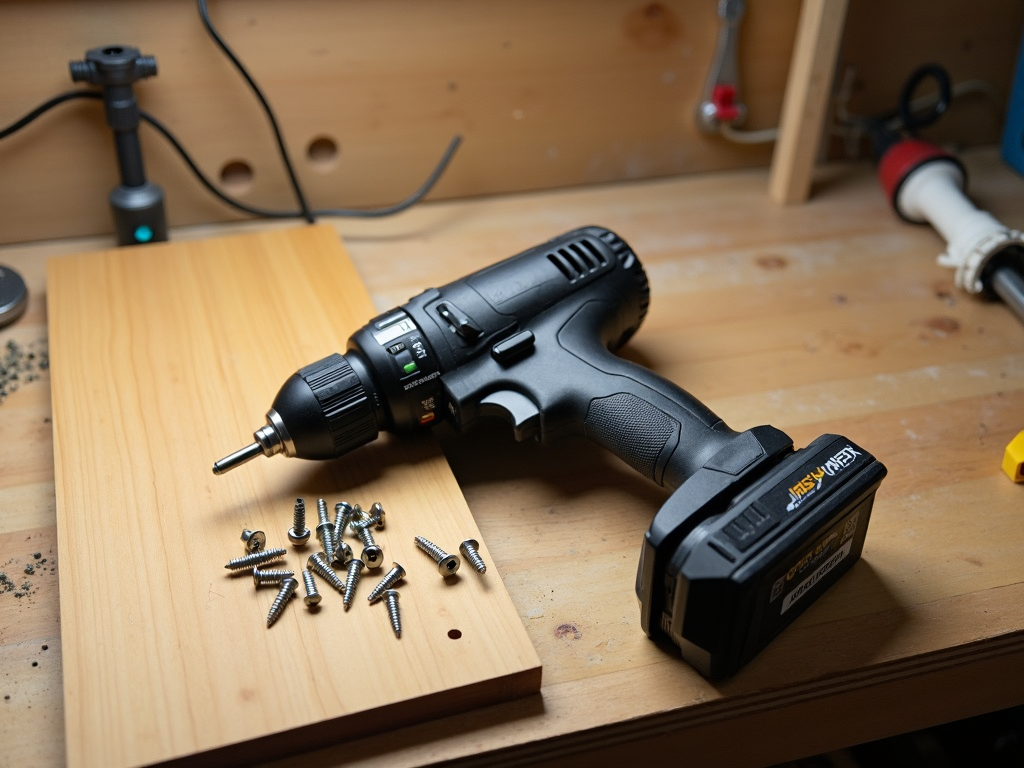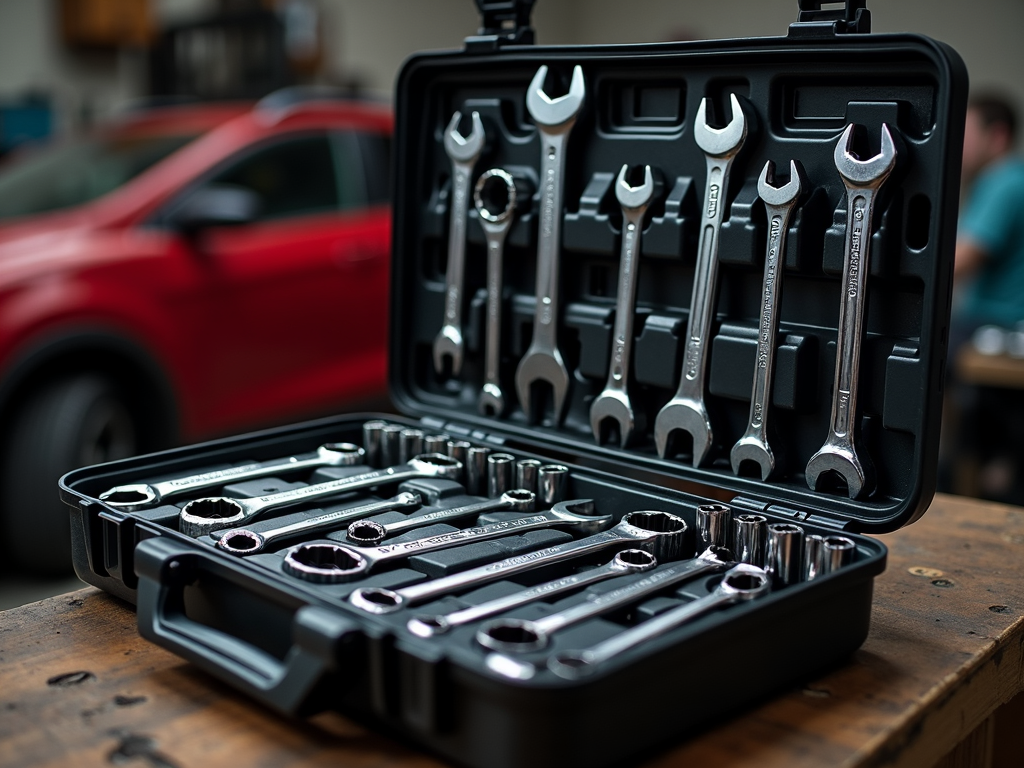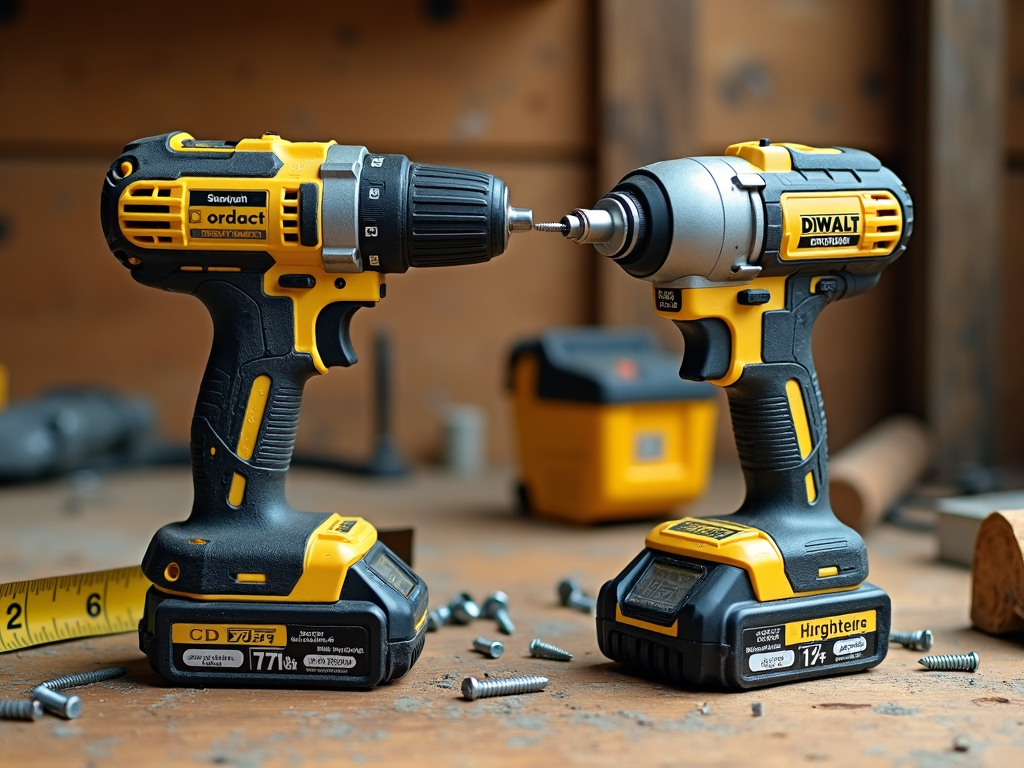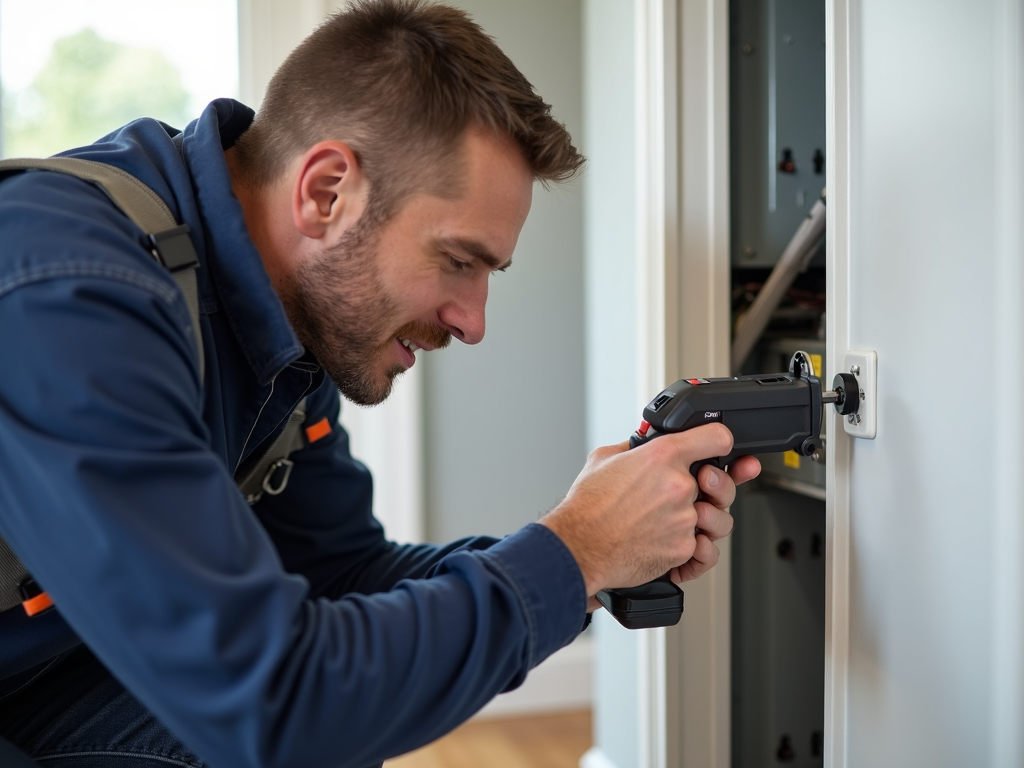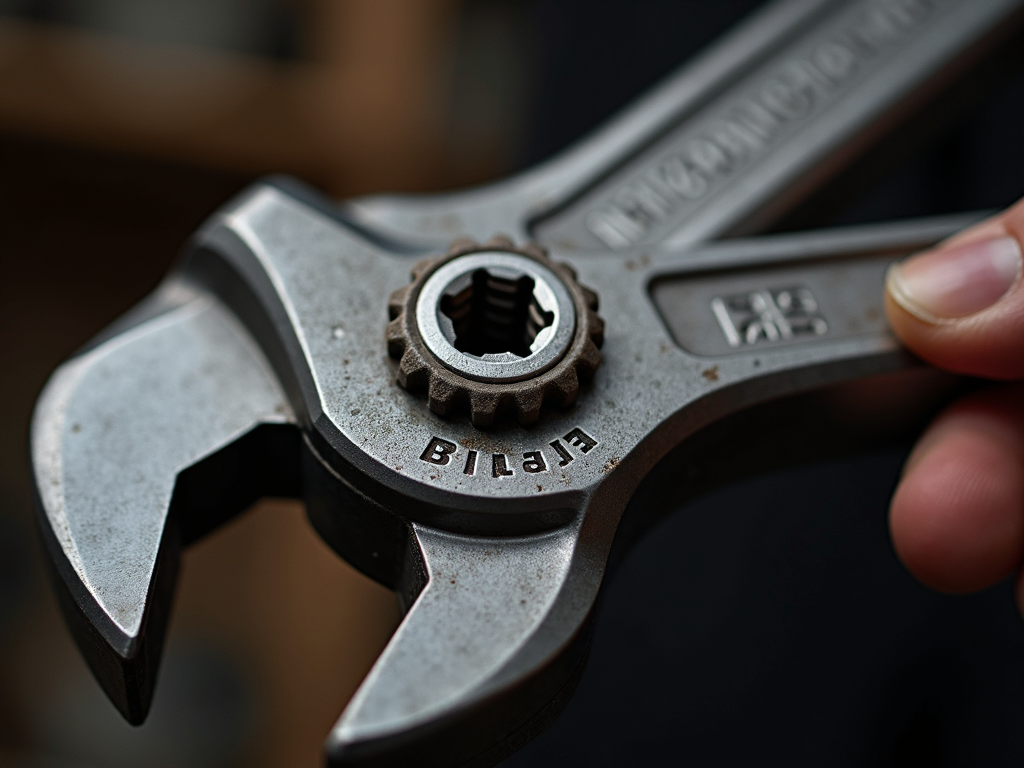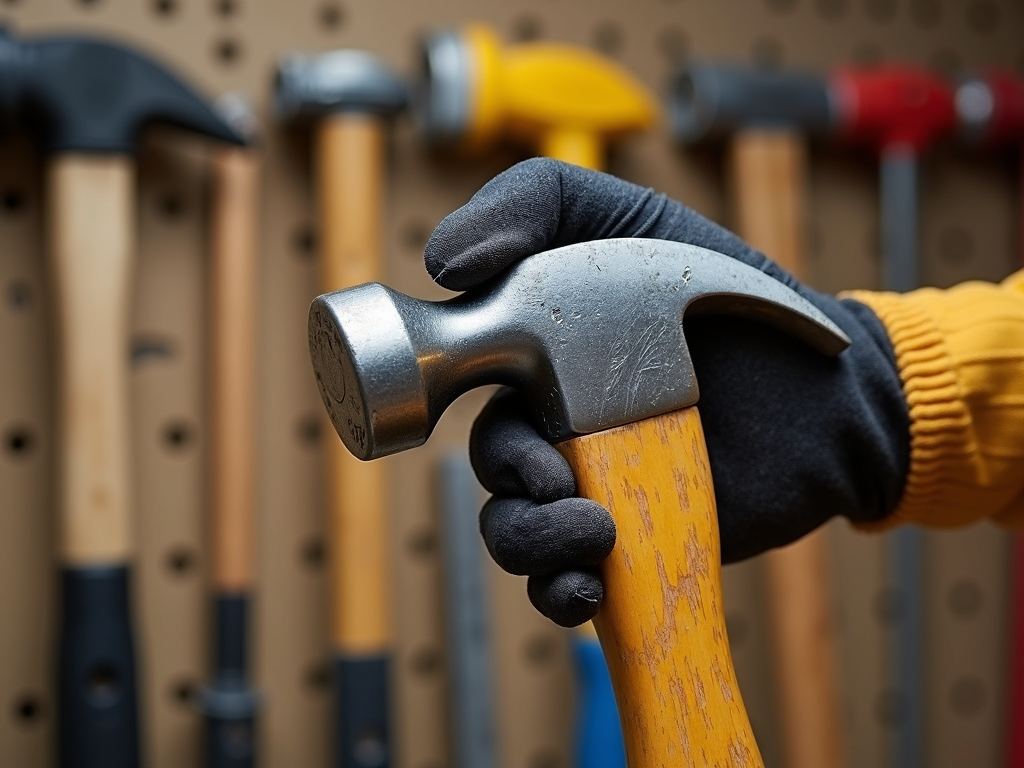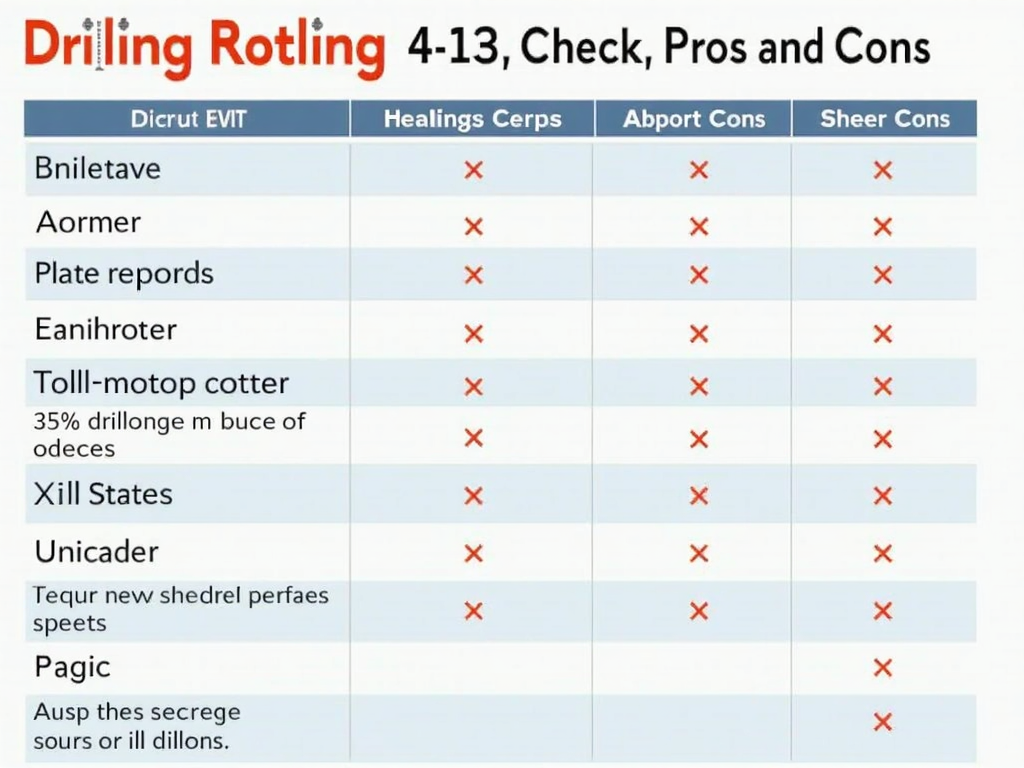Power tools make projects faster and easier, but they can also be risky without the right precautions. This guide covers the Essential Safety Gear for Power Tool Users, focusing on gear for power drills and key safety guidelines. Let’s dive into how you can protect yourself and work smarter.
Picture this: you’re in your garage, ready to tackle a DIY project with your trusty power drill. The excitement builds, but then you pause—did you grab your safety gear? Power tools are amazing, but they can hurt you if you’re not careful. Safety gear isn’t just a suggestion; it’s your first line of defense.
So, what’s the essential gear every power tool user needs? Here’s the lineup:
- Safety glasses or goggles
- Hearing protection
- Dust masks or respirators
- Gloves
- Steel-toed boots
- Protective clothing
Each piece plays a role in keeping you safe on the job.
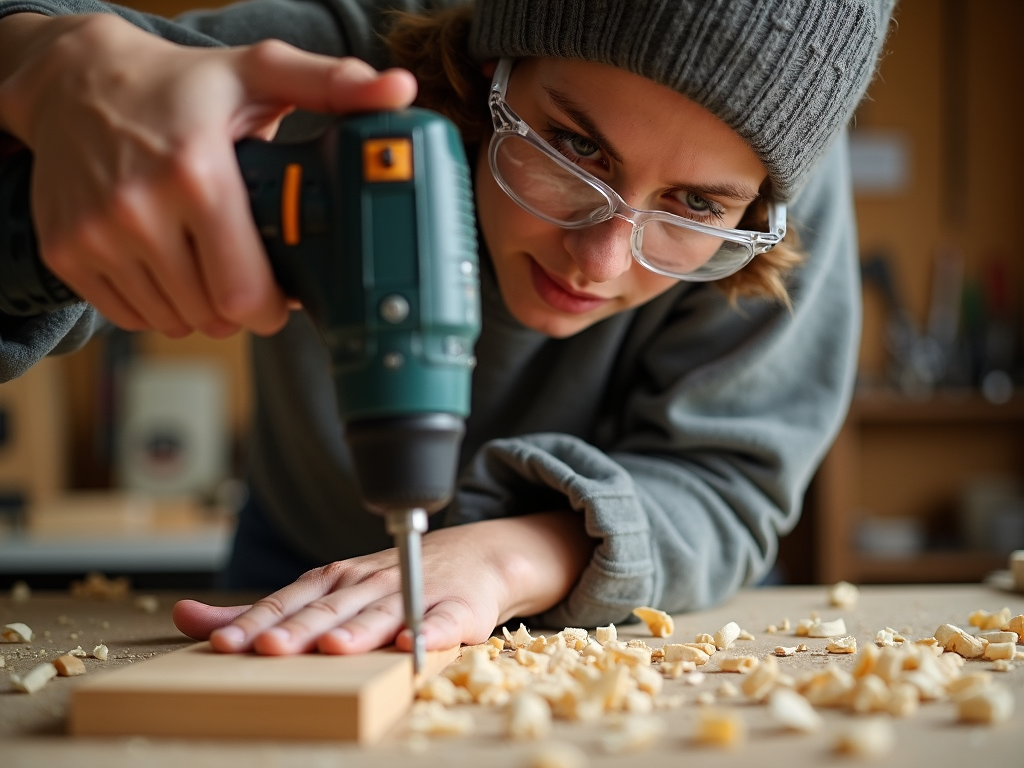
Safety Glasses or Goggles
Your eyes are at risk when you use power tools. Bits of wood, metal, or even sparks can fly up fast. Safety glasses or goggles shield your eyes from harm. Pick ones that are tough, fit snugly, and won’t fog up during a long session.
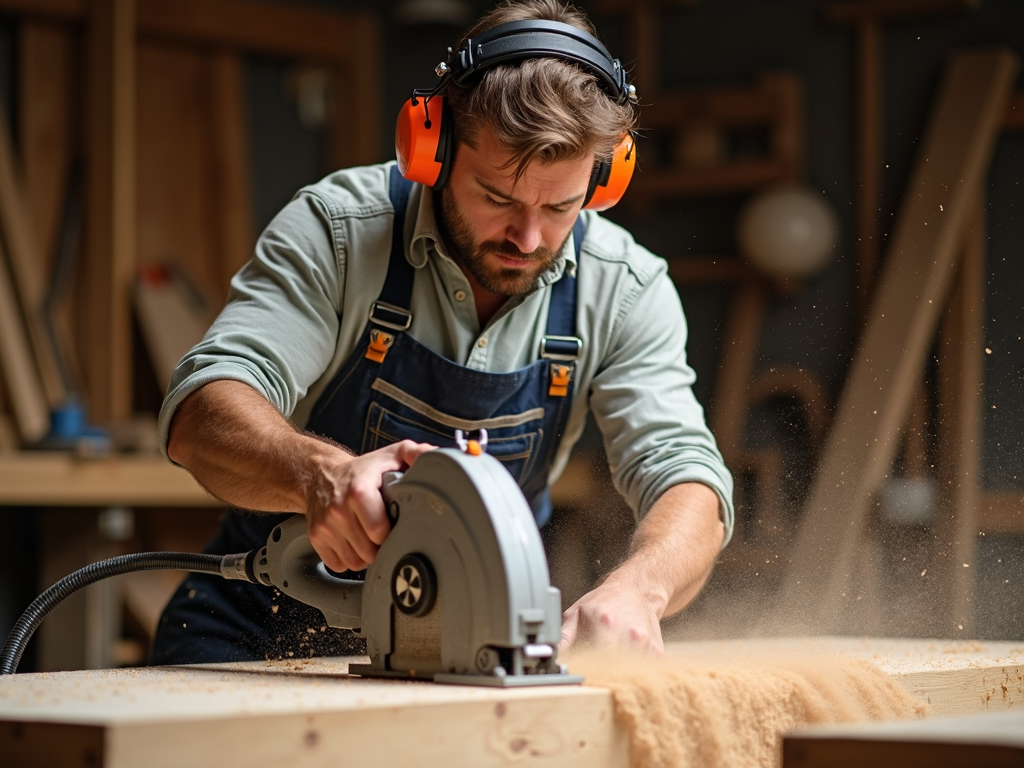
Hearing Protection
Power drills and other tools can get loud—really loud. Over time, that noise can damage your hearing. Earplugs or earmuffs block out harmful sound levels. I prefer earmuffs because they’re comfy and easy to take off when I need a break.
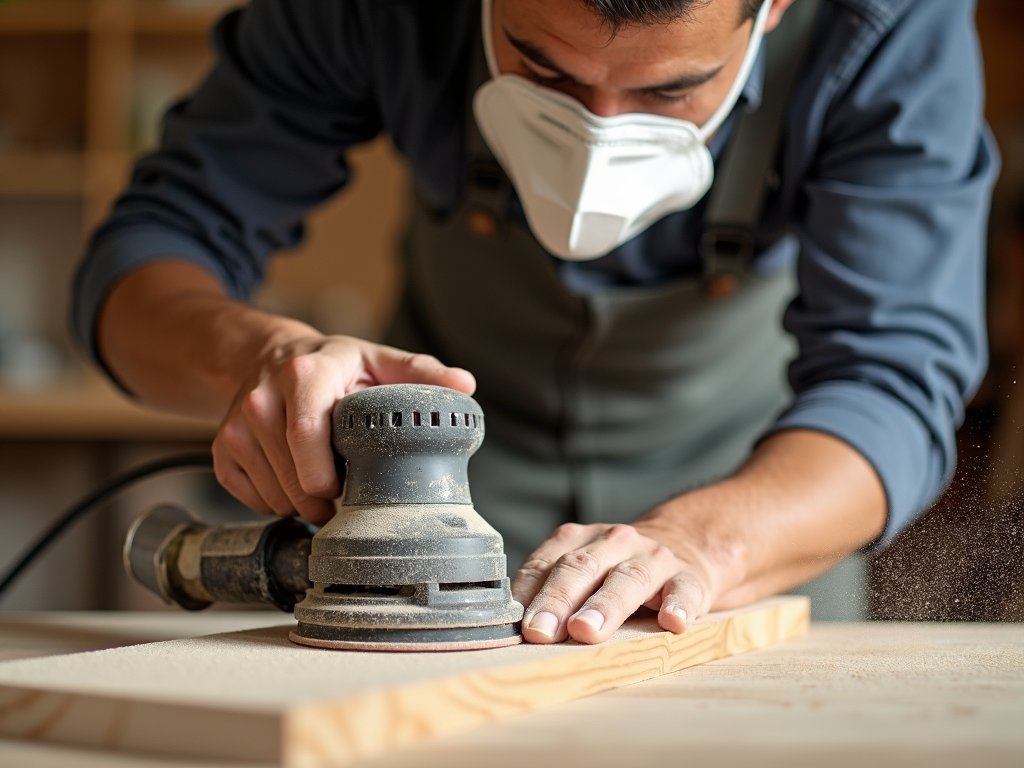
Dust Masks or Respirators
Cutting or sanding with power tools kicks up dust that’s bad to breathe in. A dust mask keeps your lungs clear during light jobs. For tougher tasks—like grinding metal—a respirator with filters works better. Trust me, your lungs will thank you.
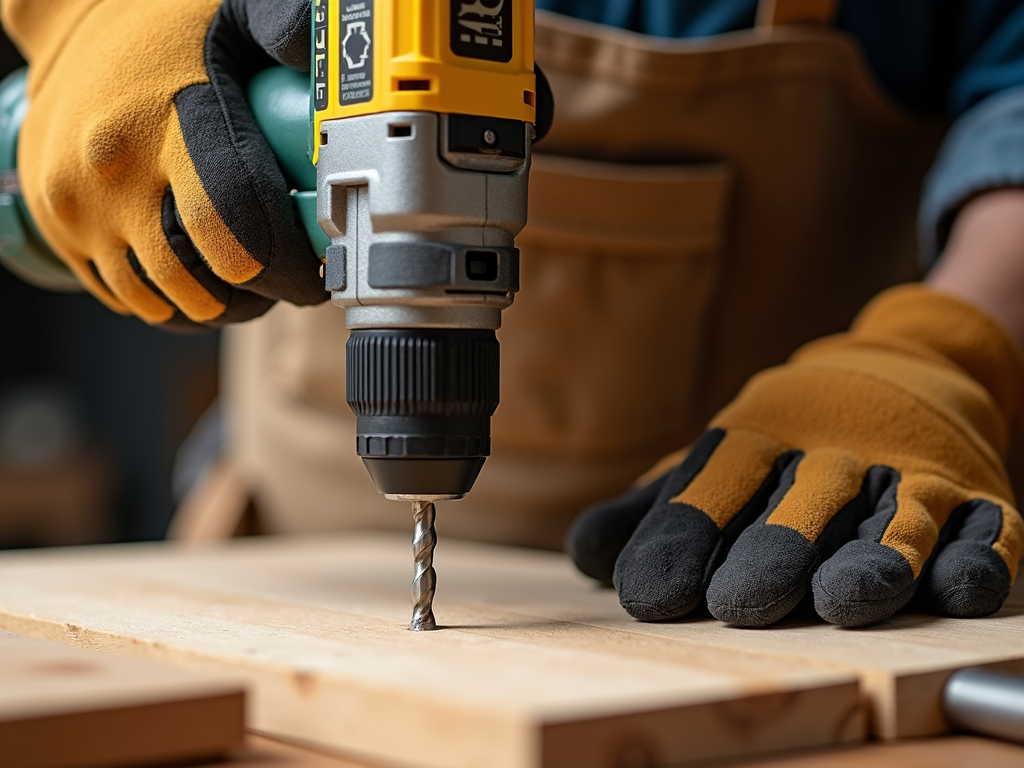
Gloves
Your hands face cuts, scrapes, and vibrations when you handle power tools. Gloves give you protection and a better grip. For power drills, I use snug-fitting gloves that let me feel the tool without losing control. Avoid bulky ones—they can get in the way.
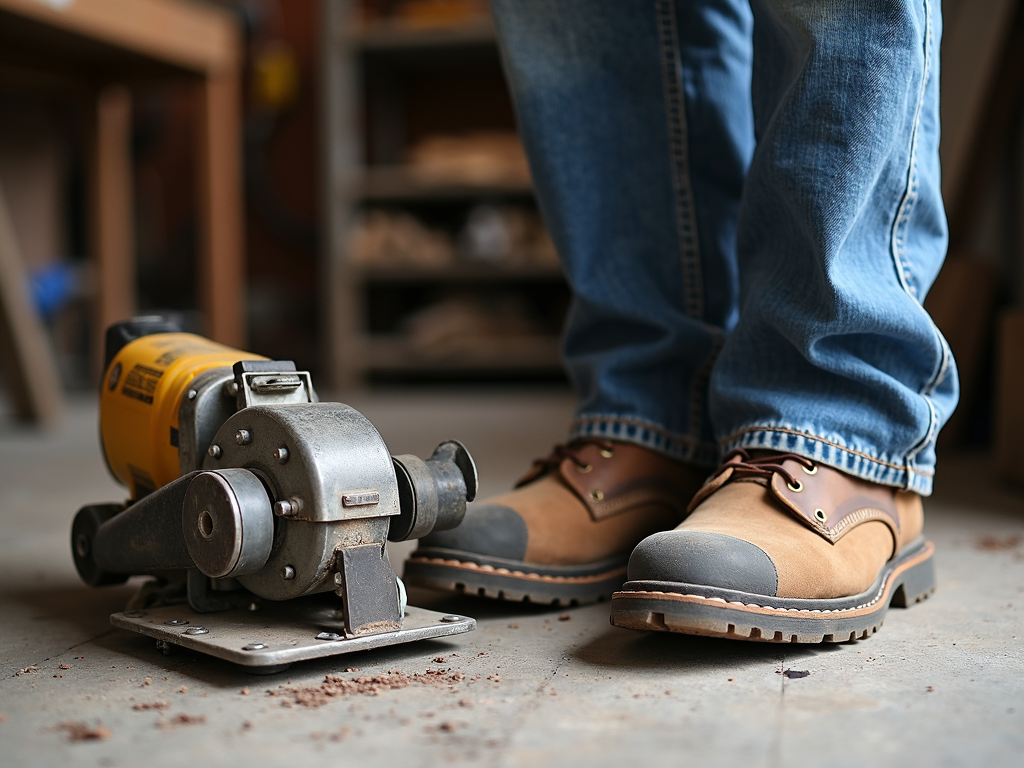
Steel-Toed Boots
Dropping a power drill or a chunk of material on your foot hurts—a lot. Steel-toed boots save your toes from getting crushed. I learned this the hard way when a grinder slipped off my bench. My boots took the hit, and I walked away fine.
Protective Clothing
Loose shirts or dangling sleeves can snag in power tools. Stick to fitted, long-sleeved shirts and tough pants. For messy jobs, an apron or fire-resistant jacket adds extra safety. It’s all about keeping your skin covered and out of trouble.

Now, let’s talk power drills specifically. They’re handy, but they need respect. Follow these power tools safety guidelines:
- Read the manual first—every drill’s different.
- Check that the bit’s tight and matches your material.
- Clamp your workpiece down—don’t hold it by hand.
- Keep the cord clear of the drill path.
- Skip loose clothes or jewelry that could tangle.
- Unplug it before swapping bits or fixing anything.
Here’s a quick reference for power drill safety:
| Tip | Why It Matters |
|---|---|
| Read the manual | Avoid rookie mistakes. |
| Secure the bit | Stops wobbling or breaking. |
| Clamp the piece | Keeps it steady and hands safe. |
| Mind the cord | Prevents tripping or cutting it. |
| Dress smart | No snags, no accidents. |
| Unplug to fix | Cuts power-related risks. |
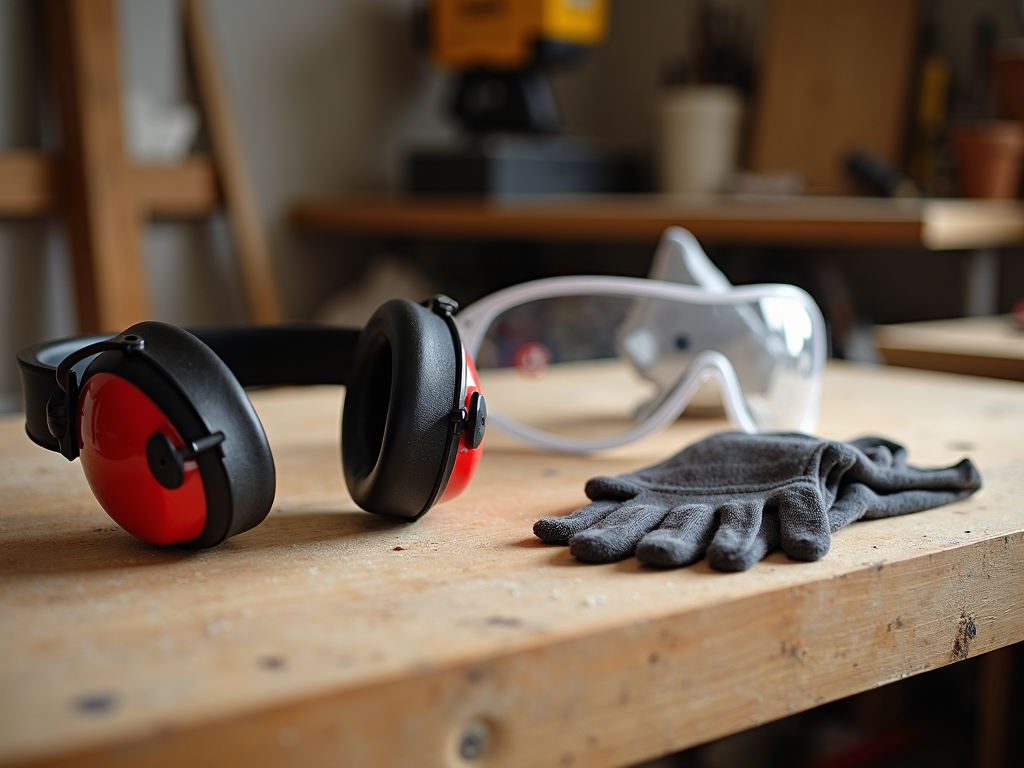
I’ve had my share of close calls. Once, I skipped safety glasses while drilling. A wood splinter shot up and nearly hit my eye—I blinked just in time. Another time, a buddy dropped a sander on his foot. No steel-toed boots, and he limped for weeks. These moments stick with you.
Choosing the right gear matters. Look for stuff that meets standards like ANSI or OSHA—labels on the packaging tell you. Make sure it fits well; uncomfortable gear gets ignored. Think about your project: wood dust needs a mask, but metal sparks might call for heavier protection.
Keep your gear in shape too:
- Wipe down safety glasses after every use.
- Swap out earplugs when they’re grimy.
- Check gloves for rips—replace them fast.
- Inspect boots for worn-out toes.
Good gear only works if it’s not falling apart.
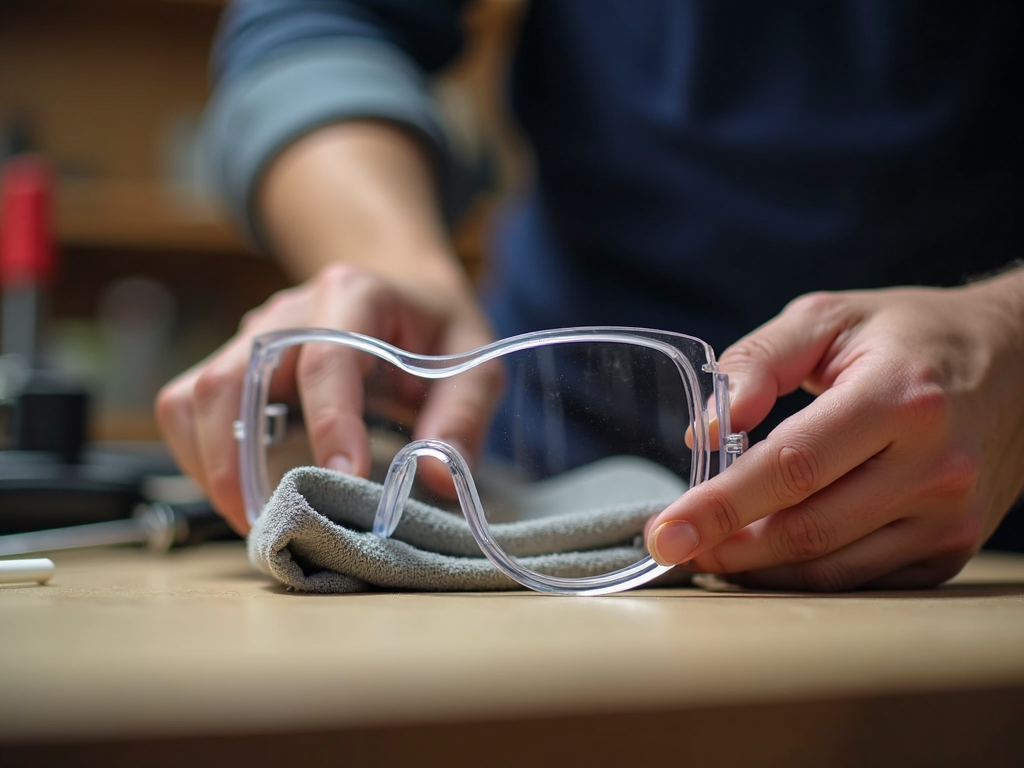
Skipping safety gear isn’t worth it. You risk eye damage, hearing loss, breathing trouble, cuts, or smashed feet. The Occupational Safety and Health Administration (OSHA) says thousands of eye injuries happen yearly—most preventable with glasses. Check their site for more: OSHA Eye Safety.
Beyond the physical toll, accidents cost you time and money—doctor visits, missed work, broken tools. I’d rather spend a few bucks on gear than deal with that mess. Safety’s an investment, not a chore.
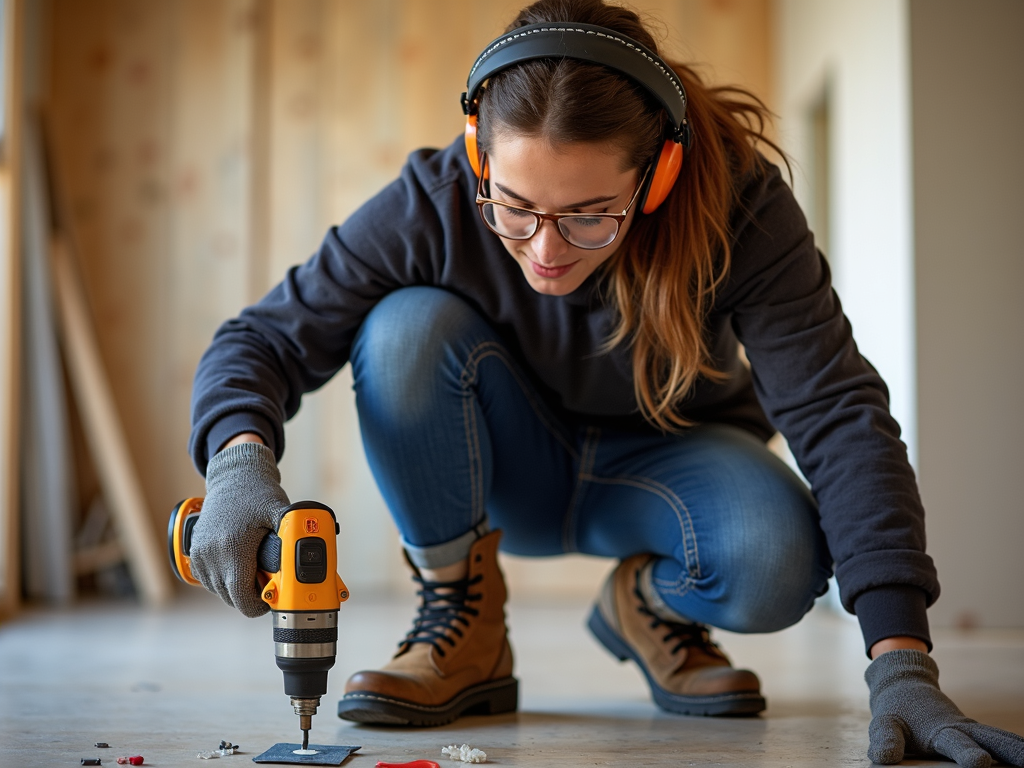
Wrapping up, Essential Safety Gear for Power Tool Users isn’t optional—it’s a must. It protects you from the real dangers of power tools. Get the right stuff, follow power tools safety guidelines, and keep everything in good condition. You’ll work better and stay safe.
Safety comes first. Gear up with the essentials, stick to the rules, and keep your focus. It’s simple: the right protection lets you enjoy your projects without the worry. Stay safe out there!
Related Essential Safety Gear for Power Tool Users:
- Safety First: Using Tools the Right Way
- DIY Safety: Tips to Avoid Common Mistakes
- Workman Tools for Plumbing Projects: A Comprehensive Guide
- The Evolution of Power Tools: From Manual to Modern
- A Beginner’s Guide to Different Power Tool Types
- Essential Tools for Every DIY Mechanic: A Comprehensive Guide
- Cordless Drills vs. Impact Drivers: What’s the Difference?
- Ergonomic Workman Tools for Comfort: A Comprehensive Guide
- How to Care for Your Workman Tools: A Comprehensive Guide
- Maintenance Tips for Your Construction Tools: A Comprehensive Guide
- Easy DIY Builds to Start Today: A Beginner's Guide to Fun and Practical Projects
- Mastering Metalworking: The Ultimate Guide to Power Tools
